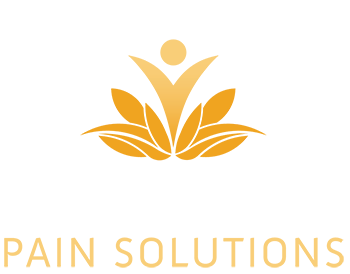Insomnia
Up all night?
When you were 20? Fun.
Now? Not so much.
Insomnia can have many different causes –
Some of them may surprise you.

Is your head screwed on straight?
The positioning of the bones in your head and neck can drastically affect your sleep quality.
After you lost count of the sheep, at some point, you’ve probably tried a melatonin supplement.
Melatonin, a naturally occurring hormone produced by the pineal gland, signals your body that it’s time to sleep.
The pineal gland sits within a formation of fascial tissue in your skull called the tentorium cerebelli.
Distortions in the positions of the cranial bones can twist, strain, or compress this tissue, thereby inhibiting healthy functioning of the pineal gland.
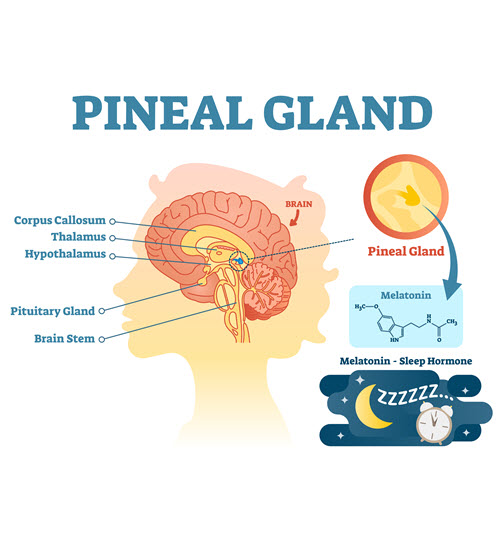
Your brainstem and posture
Your brainstem controls all your involuntary vital functions, including breathing and sleep.
It extends down and blends into your spinal cord through a big hole in the bottom of your skull called the foramen magnum.
When there are distortions in the positions of your cranial bones, they can press against the brainstem and negatively affect its functionality.
Forward head, or military neck posture, can also play a role in this – causing your brainstem and cerebellum to slip further down.
All that excess tension placed on the structures of the brainstem that regulate sleep can result in insomnia.
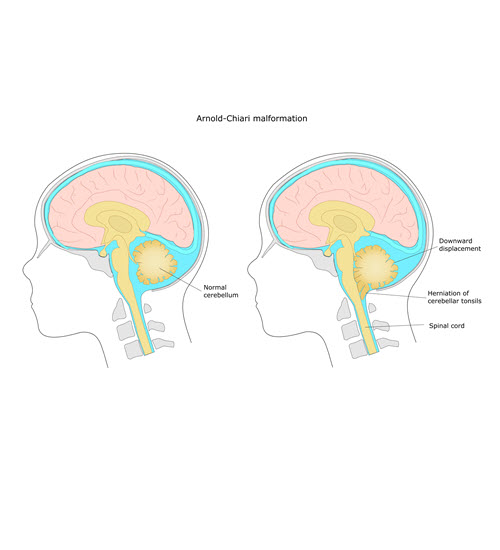
Sleep Disordered Breathing
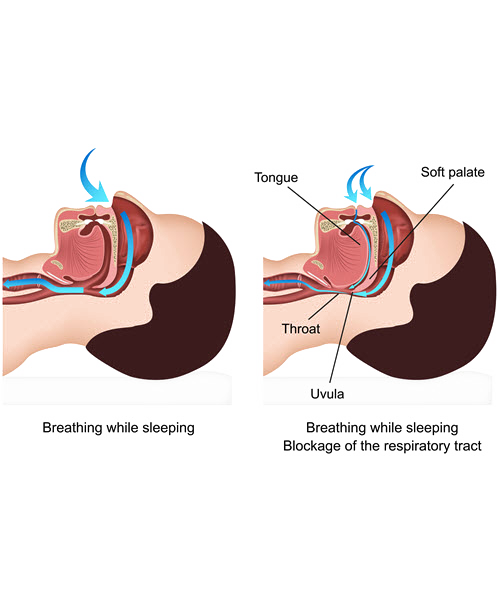
Have You Checked Your Airway?
Diagnosed with sleep apnea?
The health of your airway has a lot to do with that.
These disorders – micro-disruptions in breathing during sleep – can ramp up your nervous system and result in a subconscious fear of falling asleep and an inability to stay asleep.
Your airway is composed of the bones and soft tissues of your jaw and throat.
Significant deviations in the positions of your jaw (your temporo-mandibular joint or TMJ) and your palette can obstruct your airway – leading to snoring, sleep apnea, and other forms of sleep-disordered breathing.
If left untreated, these obstructions can lead to a whole host of other issues – anxiety, depression, oxidative stress, and systemic inflammation.
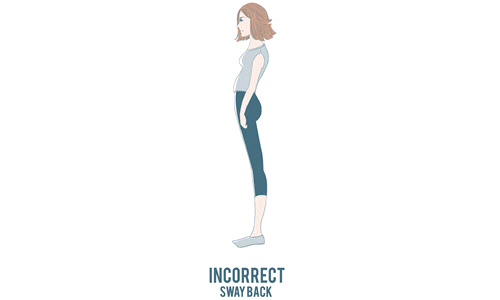
Airway health and posture
Lower body posture. What’s that got to do with it?
When your hips shift too far forward, your torso compensates by shifting too far back.
Your head then compensates by shifting forward while your jaw shifts back –
A huge red flag for an obstructed airway.
This pattern can also work in reverse!
Either way, you need to address both your upper AND lower body to truly correct the underlying problem.
What about a deviated septum?
This too, is a common cause of airway dysfunction.
To make matters worse, this can also trigger a series of compensations by the body –
And can lead to other problems such as mouth breathing, gum disease, and head forward posture.
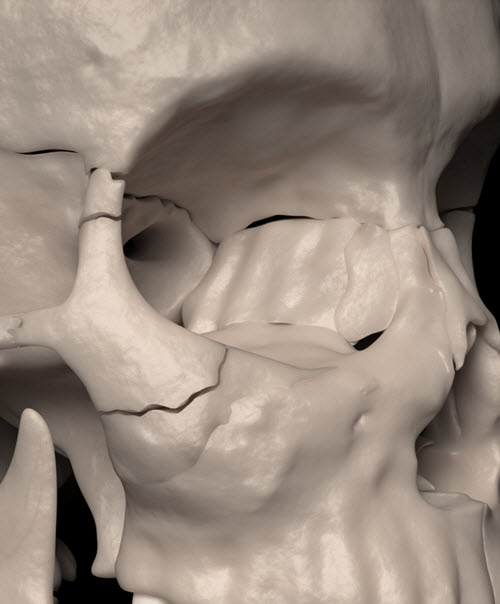
Get back in line
We’ll usually start with gentle soft tissue manipulation to release restrictions in the connective tissue and muscles of your head and neck.
Then, I’ll use your Neurosomatic assessment to determine in what ways the bones of your head and neck might be misaligned before manually repositioning your atlas, axis, and cranial bones so that they rest in a more balanced position.
Finally, I reassess to make sure that everything is properly aligned so that no structures in the area are overburdened.
Once this is complete, we’ll address your lower body.
I’ll make sure these structures are aligned, as well – and not causing the upper body to compensate for them.

Harness the power.
The Neurosomatic techniques I use for the cranium and TMJ are some of the most powerful and unique in all of bodywork.
Often, a little can go a long way.
And that means improving a wide range of conditions all at once –
And immediate relief for you.
Reach out today (267) 415-6003 – sleep better tonight.
